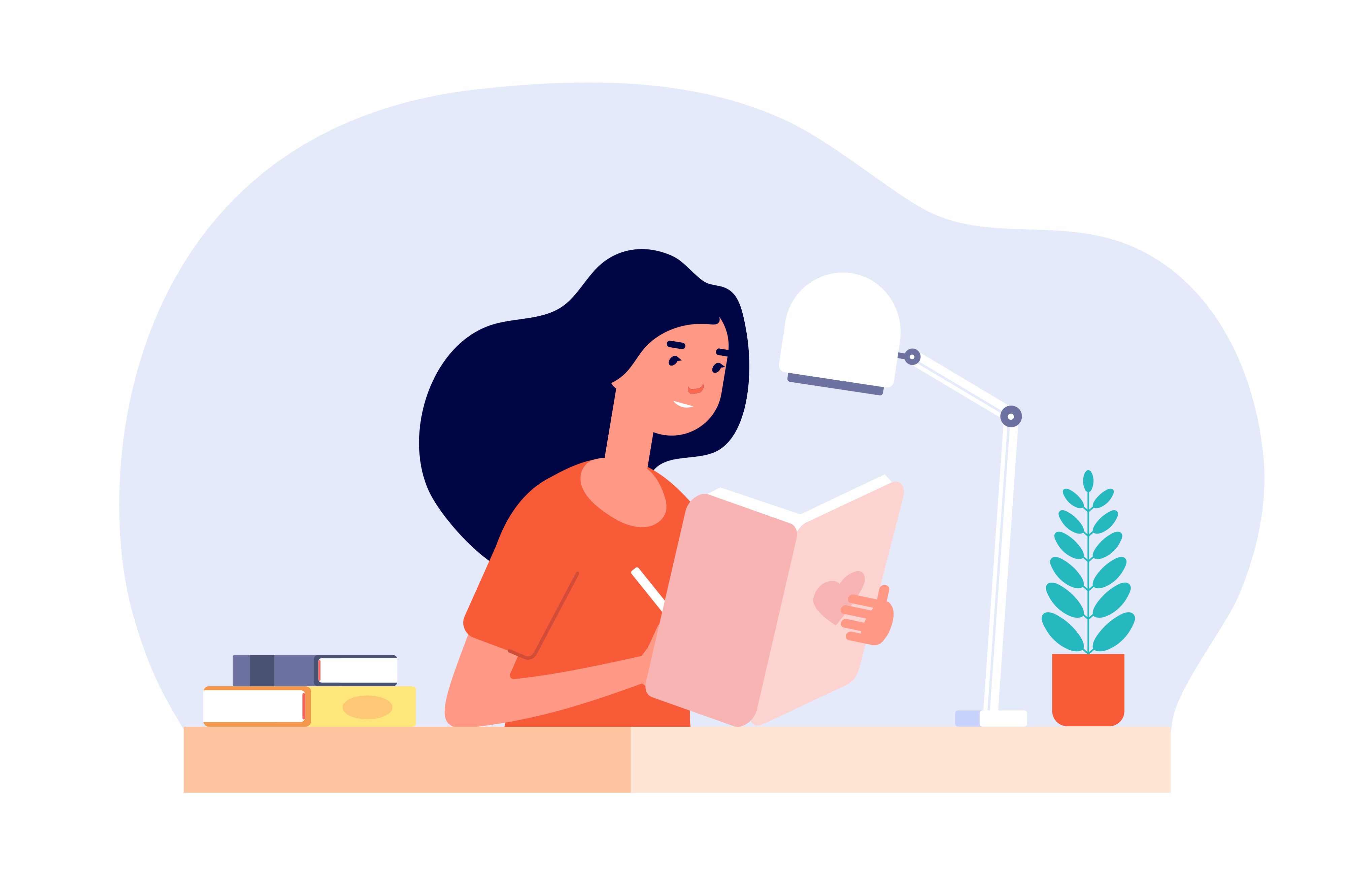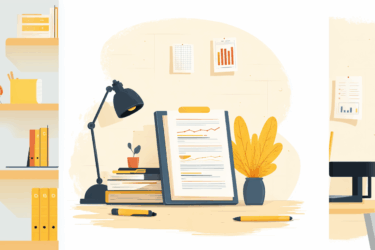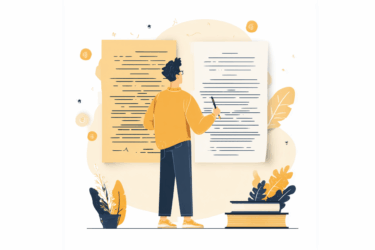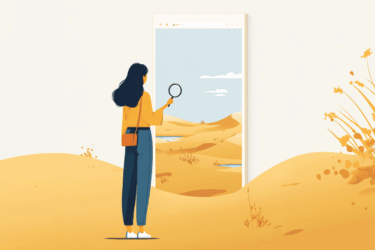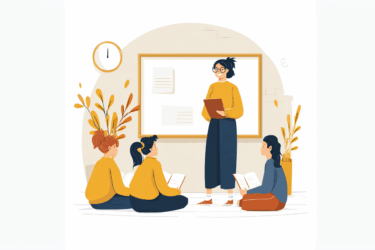The world is constantly changing, and so are our beliefs about it. That is why we need to establish an independent mindset and critical thinking to rely on. Originality in our manifestation, including writing, is a crucial part of it. That is why educators and content creators need to check their papers for similarity to avoid plagiarism.
What percentage of plagiarism is acceptable? The question is worth 10.3 billion search results. Well, to those looking for a simple answer: no, there’s no single benchmark. Or could zero plagiarism count? Different universities, colleges, and high schools have different standards. What is good and allowed for one, will be a red flag for another one.
Mostly, no more than 20% of text coincidence can be tolerated, while more means the text is not original. Although, even if that 20% is just a single copy-pasted piece of text, it’s considered borrowed.
What percentage of plagiarism is acceptable at university
How much plagiarism is allowed also depends on the type of the paper. The acceptable percentage varies within the limit of the mentioned 20%. Each case is individual, and the educational institution, the teacher, and the nature of the detected similarities should be taken into account. However, obviously, how much plagiarism is allowed in research paper differs when we talk about a regular essay or a dissertation.
Type of content | What percentage of plagiarism is acceptable |
General academic writing | 15-20% |
Essays | 20-25% |
Thesis and dissertations | 5-15% |
Published journals | 5%-15% |
Research papers | 20-25% |
Term papers | 15-20% |
One should keep in mind that the similarities found may be unintentional plagiarism. It happens that the students accidentally copy someone else’s ideas out of pure coincidence or based on the resources they have studied without realizing they are repeating the information.
That’s why if you notice plagiarism in your student’s work, it’s time to talk to them, figure out the reasons, and map the possible ways out. To help you do this, we’ve prepared a checklist you can share with your students. You can send it to them the way it is, or use it as an inspiration to create your own one—it’s up to you.
Why one needs to look out for plagiarism
Why tools like Turnitin and PlagiarismCheck.org are in demand and do all professionals need them?
- The consequences of plagiarism are drastic in academia and the professional and creative world. Doctorate revocation, expulsion, losing a job, money loss, and legal issues are only several of a long list of unveiled cheating repercussions.
- Plagiarism and cheating are reputational issues that ruin image and relationships. Plagiarism is literally an intellectual theft. Ruined trust and career, and jeopardized reputation are the natural consequences of academic dishonesty or plagiarism in the creative domain.
- Accidental plagiarism is a real thing. Sometimes repeating someone else’s thoughts is an actual coincidence, but even a genuine mistake doesn’t mean one can get away from repercussions. For this reason, students, writers, and content creators should check their work for originality before submitting or publishing it to avoid cheating accusations and plagiarism consequences.
- AI plagiarism is a new issue worth addressing. As more and more professionals recruit AI tools to boost creativity and automate routines, using chatbots for content generation is a slippery path. Besides being unethical, this solution may cause plagiarism as chatbots never generate texts from scratch. Hence, editing the piece to make it unique and ensuring originality with AI plagiarism checker are essential steps before publishing any content.
- Mental health is important, regardless of role and domain. Students are stressed out because of potential plagiarism repercussions, educators are frustrated with spending time and energy on AI-generated works, decision-makers are preoccupied with risks of jeopardizing the reputation by publishing a plagiarised paper… All the stress is easily avoided and relieved by using a plagiarism detection tool that ensures any published text is original and authentic.
Why PlagiarismCheck.org is considered the Best Turnitin Alternative
- Comprehensive solution. PlagiarismCheck.org alternative to Turnitin includes a Plagiarism Checker, AI Detector, Grammar Checker, Authorship Verification, and Citation Generator, all in one tool!
- Tailored for education. One can seamlessly Integrate the Turnitin alternative into the convenient routines connecting PlagiarismCheck.org with any LMS in under 5 minutes.
- Unique features. The Turnitin alternative allows checking even Quizzes & Discussions on Canvas and Brightspace. Something that only PlagiarismCheck.org can do!
- Clear result. With a plagiarism checker Turnitin alternative, one gets a detailed downloadable report with links to the sources where matches have been found. Questionable parts with potential plagiarism & AI traces will be highlighted in the text.
- Advanced technology. The software relies on sophisticated algorithms and vast databases providing fast and accurate similarity & AI detection. Technologies develop, and so do PlagiarismCheck.org solutions!
- Productivity booster. The tool automates draining routines, making space for development and creativity. With the Turnitin alternative, teachers spend less time checking for originality, and students educate themselves on academic honesty matters.
- Accessible service. One can use API to integrate the tools into the familiar environment, check any paper in the convenient LMS, or submit a text right on the website! The intuitive interface makes using the Turnitin alternative a breeze.
- Individual approach. It can be hard to master new tools. PlagiarismCheck.org team makes switching to the best alternative to Turnitin seamless. Customers enjoy free webinars, training, and round-the-clock help with any questions.
PlagiarismCheck.org Special Features for Educators
- Integrate the Turnitin alternative checker to the LMS of your choice and check for AI and plagiarism with one button click.
- Check Quizzes and Discussions on Brightspace and Canvas. This unique feature makes us one of the most convenient alternatives to Turnitin.
- Uncover even the trickiest word substitutions and rearrangements in text structure.
- Get an exhaustive report you can analyze, download, and share feedback with your students.
- Upload your papers, so our alternative to Turnitin plagiarism checker can compare the new papers to your internal database. It prevents students from copying from each other or submitting the works of previous years.
- Let your students check for plagiarism before submitting the paper, so they can educate themselves on originality importance, and work on mistakes even before getting feedback from the teacher.
- Check any text on the website, any webpage with a browser extension, or Google Docs with an add-on.
- Integrate plagiarism detection into your familiar environment via API.
- Enjoy easy implementation of PlagiarismCheck.or toolkit and provide a fast transition for the faculty with free onboarding and training.
What the Alternative to Turnitin Includes
- Reliable similarity checker. Scan for plagiarism against countless sources and databases, get a detailed convenient report, and catch even the most intricate cheating attempts within seconds.
- Precise AI detector. Analyze any document to trace AI content and ensure the writing is authentic.
- Extended toolkit. Authorship Verification, Grammar Check, and Citation Generator accelerate teachers’ and students’ routines and help them grow.
- Responsive support and unlimited training. Get the most out of our services with detailed onboarding, free training for the faculty, and 24/7 support for customers.
- Flexible pricing. No need to compromise quality for better cost. Enjoy advanced services for an affordable price with PlagiarismCheck.org.
A Comprehensive Checklist on How to Avoid Plagiarism
The obvious answer is to produce original content. But cases might differ, so check out a few tips to polish your writing.
#1. Avoid Direct Quotes and Paraphrasing
First, say your goodbyes to copy-pasting or rephrasing someone else’s thoughts. Instead, read different sources of information on your topic, jot down key points, and then write their essence in your own words. Examples:
| According to NASA, “Global warming is the long-term heating of Earth’s surface observed since the pre-industrial period (between 1850 and 1900) due to human activities, primarily fossil fuel burning, which increases heat-trapping greenhouse gas levels in Earth’s atmosphere.” | Global warming is the term used to describe the gradually raising temperature because of burning coal, oil, gas, and some other natural gases, like methane, nitrous oxide, and water vapor. They create an additional layer in the Earth’s atmosphere that traps the heat and causes the “greenhouse effect.” |
Simple steps to paraphrase without plagiarism:
- Comprehend, analyze, and conclude. Process the information you get from the source and focus on using it to enhance your paper. Rely on ideas, not wording.
- Study and compare the sources. The more resources you consult, the more comprehensive, informative, and objective your writing will be. It will also be easier to reflect on the subject in your own words!
- Add a sparkle of individuality. Think of the value your work brings to the reader. Find ways to elevate it with your own reflections, examples, or experiences.
- Cite the sources. Remember, even when you don’t quote someone’s work, you need to cite all the sources you’ve used for reference. Otherwise, the paper will be considered plagiarized, no matter how good your paraphrasing is.
- Use AI moderately. AI tools can significantly elevate your working routines if introduced ethically. Incorporate them for brainstorming, double-check any information you get, and cite AI as a source when you use it.
- Check for originality. It’s better to double-check than risk being accused of plagiarism. Use similarity detection tools to ensure your paraphrasing is appropriate and the paper is original.
#2. Proper referencing
Oh, the favorite part, we know. With all those formatting styles driving you mad, citing the sources might be the most boring and difficult part of your academic assignment. Yet, it’s inevitable to differentiate your work and someone else’s research you studied to support your claims. To make your life easier a bit, the Purdue University systematized guides on each popular citation style: MLA, APA, Chicago, AMA, ASA, and IEEE. If you still find those difficult to figure out, you can try using a citation machine instead. All you need to do is to choose the necessary style, specify the type of source, fill out relevant fields, and copy-paste the result. For instance, here’s how it helped to cite a source in the APA citation format: National Geographic Society. (2023, February 6). Global Warming. Retrieved February 6, 2023, from https://education.nationalgeographic.org/resource/global-warming  Mind that improper citing also counts as plagiarism. Here are several examples of cases when the sources are cited but in a misleading way.
Mind that improper citing also counts as plagiarism. Here are several examples of cases when the sources are cited but in a misleading way.

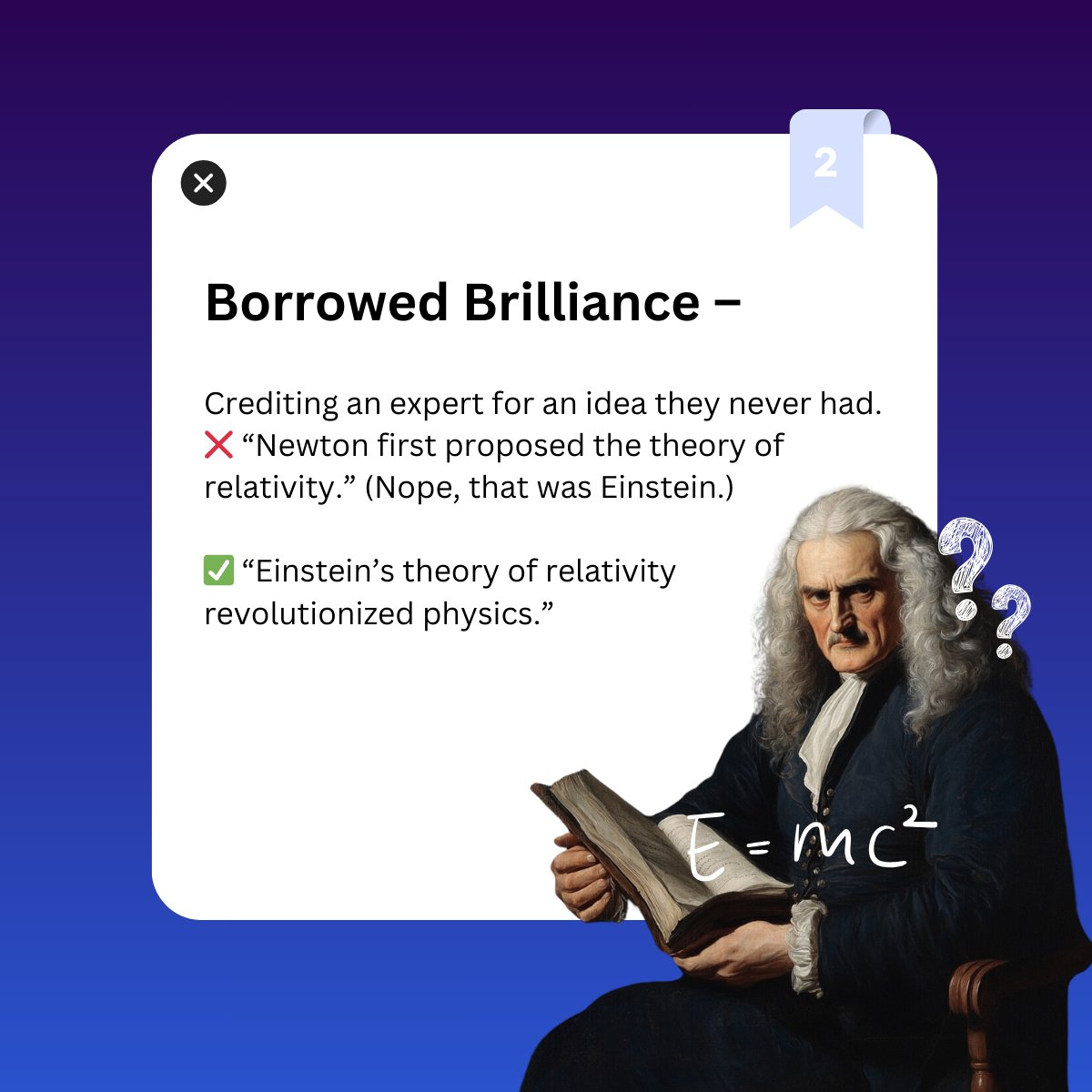
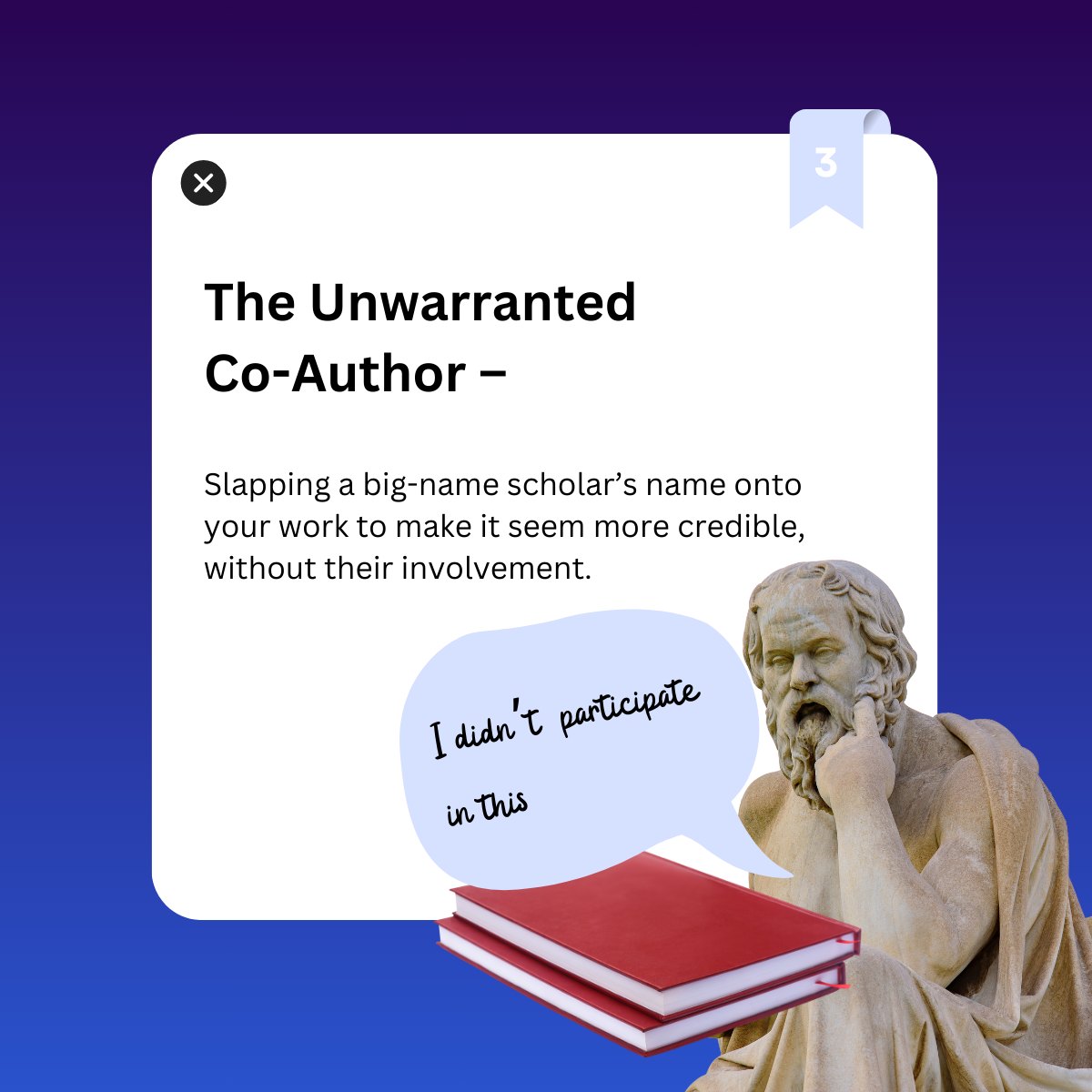
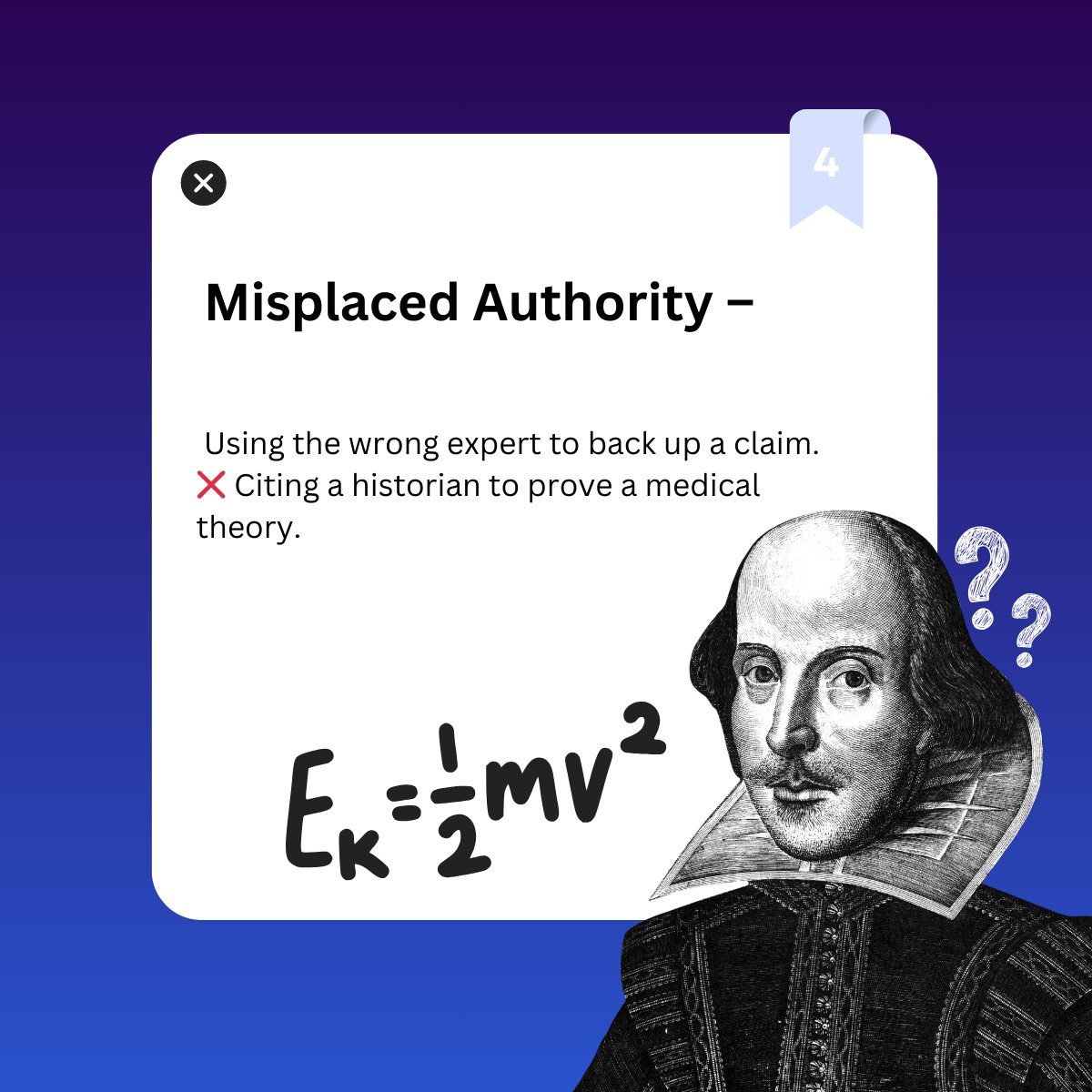
#3. Proofreading
To err is human. Spotting and fixing the mistakes (and learning from them) can make you superhuman. Double-checking the text can enable you to find those “Oh, I’ve already read it somewhere” parts. Here, we mean that sometimes you can mimic your own style, even not knowing that. Reviewing the same content after a while can help you have a fresh look at it and find those self-plagiarized sentences or paragraphs. It can also allow you to discover tricky referencing issues when you might have missed citing something properly. In case you don’t trust yourself, ask one of your mates to review your paper.
#4. Using AI ethically
AI tools can help with brainstorming but should never be used to compose the paper instead of student. AI abuse violates academic integrity and also leads to AI plagiarism which can be detected by modern plagiarism checkers.
#5. Enriching vocabulary to avoid clichés
Another common reason for plagiarism is using the same phrases you can come across on thousands of websites. It’s not about some industry-specific terms you might desperately need in your physics, nursing, marketing, or any other assignment. We mean rather generic phrases and idioms like “as easy as a pie,” “sky’s the limit,” “sad but true,” etc. Not to mention some of them might be inappropriate for academic writing, if you overuse them, they’ll drop your content originality. To avoid that, we recommend:
- Reading more books, scientific journals, and so on to expand your general knowledge and vocabulary, as a result.
- Jotting down new words and phrases you haven’t known before and trying to use them in your speaking or writing. If applicable, of course.
- Using synonyms to eliminate tautology. You can find some good ones in the Thesaurus, or Power Thesaurus. Feel free to use those tools whenever you see some repeated words or idioms.
#6. Scanning texts with plagiarism checkers
To be on the safe side, we would advise checking your paper with specialized tools, like PlagiarismCheck.org before submitting it. This will help you make sure you’ve produced an original piece of content. A huge plus of such tools is that they can define all possible types of plagiarism, including copying your own style. For example, PlagiarismCheck.org delivers a report with highlights of the matching parts and links to the sources those pieces of text come from.
Let’s wrap it up
If we come back to our initial question: “How much plagiarism is allowed?”, the answer is still “None in a perfect world.” Yet, we live in reality, so up to 20% might be tolerated. We suggest minimizing even those numbers by educating your students on how to produce unique content.
Anyways, if you need to scan for plagiarism, try PlagiarismCheck.org. We’ve built it with academic integrity in mind, so it includes AI checker GPT and can spot ghostwriting by comparing student’s writing style from previous works and the current ones. And if you have any questions—be sure to get in touch with our team.
